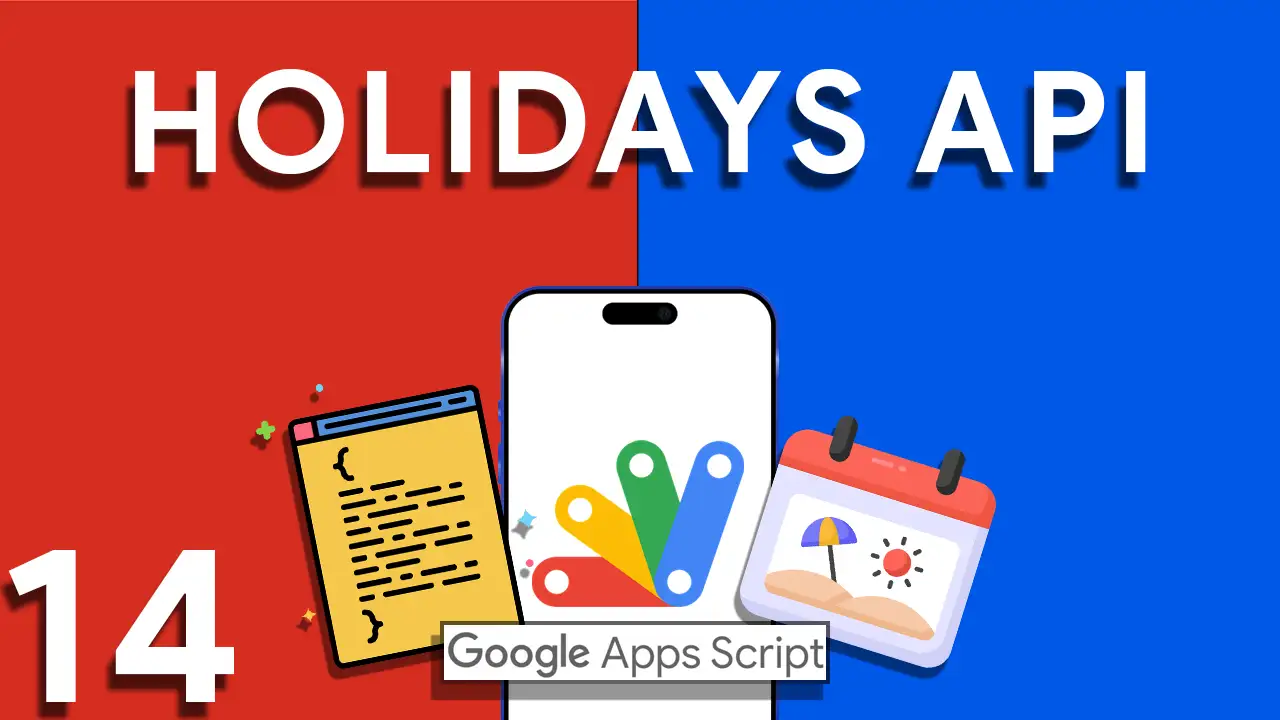Dashboards are the command centers of modern app development, providing a visual representation of your data and insights at a glance. AppSheet excels in dashboard creation, allowing professionals and app creators to build powerful, data-driven interfaces. In this in-depth blog post, we will explore the fundamentals of AppSheet dashboarding, equipping you with the knowledge to craft informative and visually appealing dashboards.
Unlocking the Power of AppSheet Dashboards
AppSheet dashboards serve as consolidated views of data from multiple sources, offering a holistic perspective on your app’s information. With these dashboards, you can:
- Gain insights from data.
- Monitor key performance indicators (KPIs).
- Make informed decisions.
- Enhance user experiences.
Before we dive into creating dashboards, let’s establish a solid understanding of the essential elements:
- Views: AppSheet dashboards are composed of views. Views are individual pages or screens that display specific data or insights. Common types include charts, tables, maps, and forms.
- Widgets/Views: Widgets/Views are the building blocks of views. They include charts, tables, images, buttons, and other elements you can use to display and interact with data.
- Data Sources: Dashboards draw data from various data sources, such as spreadsheets, databases, or external APIs. AppSheet integrates seamlessly with these sources to populate your dashboards with real-time data.
- Layout: Dashboards are highly customizable in terms of layout. You can arrange widgets, resize them, and organize your views to suit your app’s requirements.
Now, let’s explore the steps to implement AppSheet dashboard basics:
Step 1: Define Your Dashboard’s Purpose
- Determine the goals and objectives of your dashboard. What data insights are you trying to convey? What KPIs are essential for your app users to monitor?
Step 2: Select Data Sources
- Identify the data sources that your dashboard will draw from. This can include existing tables, spreadsheets, or external data connections.
Step 3: Create Views
- In the AppSheet app editor, navigate to the “Views” section and create the views you need for your dashboard. These views will serve as the pages or screens within your dashboard.
Step 4: Add Widgets
- Within each view, add widgets such as charts, tables, and images to represent your data visually. Configure these widgets to display the data you want to showcase.
Step 5: Configure Interactivity
- Enhance user engagement by configuring interactive elements within your views. Add actions, buttons, and navigation options to allow users to explore data further.
Step 6: Customize Layout
- Arrange widgets and views to create an organized and visually appealing dashboard layout. Resize and position elements for optimal user experience.
Step 7: Test and Iterate
- Test your dashboard thoroughly to ensure that data is displayed correctly, and interactivity functions as expected. Iterate and make improvements based on user feedback and performance.
Step 8: Deploy and Monitor
- Once satisfied, deploy your AppSheet app with the newly created dashboard. Monitor user interactions and data trends to continuously refine and optimize your dashboard.







